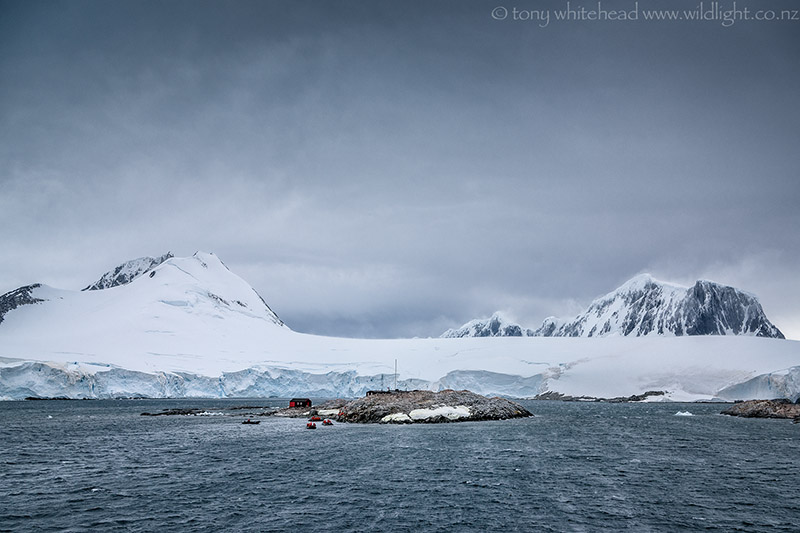
Just to prove a point about the unpredictability of Antarctic weather, we awoke after our surreal calm evening into a rising gale at Port Lockroy. The plan was to visit the museum and shop at Bransfield House and then land to visit the nearby Gentoo Colony at Jougla Point, but by the time we had made it back to the ship from our first landing, the wind had risen to the point that a second landing was too hazardous and therefore cancelled. We weren’t too disappointed as the conditions were quite rugged and deteriorating fast and we would have battled to achieve anything photographically.
Port Lockroy is a popular destination for Antarctic visitors, especially those who feel deprived of retail therapy while in the wilderness, as it is the the most southerly souvenir shop and Post Office in the world. Staffed by volunteers for the 5 month summer season, proceeds raised at the shop by the United Kingdom Antarctic Heritage Trust go to maintain historical sites across Antarctica, including those in East Antarctica that New Zealand and Australia are responsible for. We were happy to make a small contribution with Edin buying 2 small items to take home for mother and brother as well a handbook of Antarctic wildlife which I would have loved to have had to study prior to our trip.
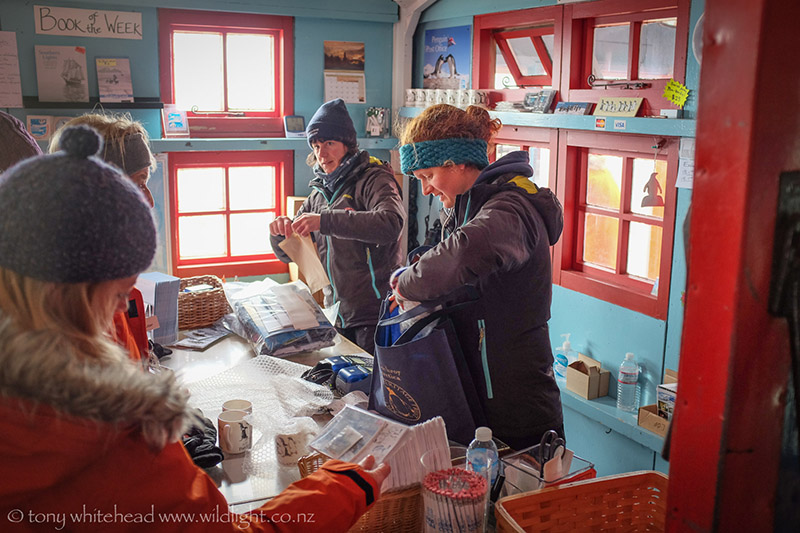
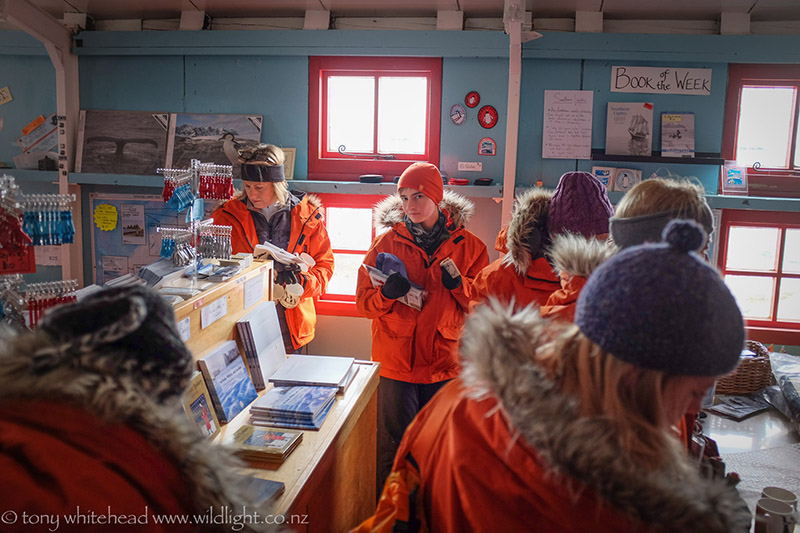
Port Lockroy was used as a base for whaling from 1911 to 1931 and then during World War 2, Britain set up a base to observe enemy activity in the region. After the war it was passed on to the British Antarctic Survey for scientific work, predominantly ionospheric research, and used until 1961, including as Base A during the International Geophysical Year. The historical significance of the site was recognised in 1995 with it being listed as Antarctic Historic Site and Monument No 61. In 1996 a team of 4 carpenters spent a few months restoring the base to it’s 1962 condition and it has been operated as a museum and Post Office since.
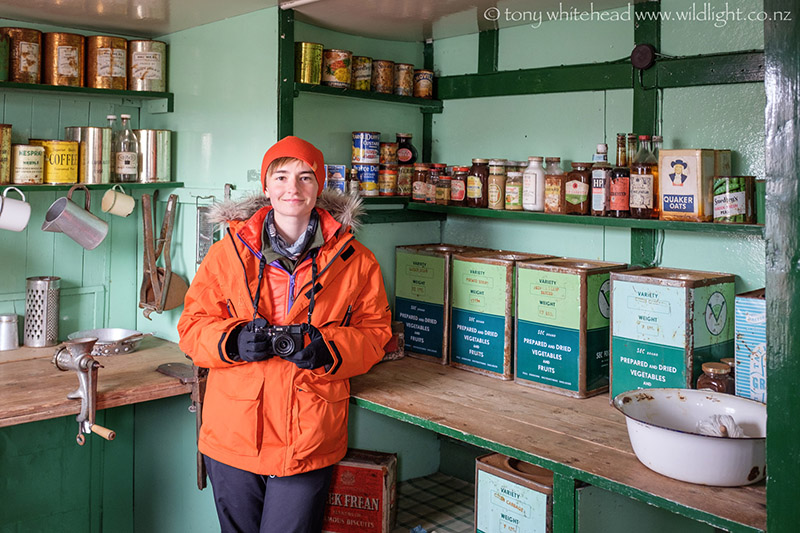
The museum is full of interesting scientific artefacts and information and it would be easy to spend a couple of hours to make the most of all the information available. The feel was quite different from Base W on Detaille Island, being more a restored museum than an abandoned time capsule, but both give a great insight into the conditions experienced by the men at the time. An interesting discovery made during the restoration were a number of hand painted “pin-ups” of 1950’s stars, including Elizabeth Taylor, Jayne Mansfield, Doris Day and Diana Dors. These had been painted in 1960 by Evan Watson, the overwintering diesel mechanic. They had been overpainted between 1980 and 1983 and only rediscovered when paint was stripped in 2011.
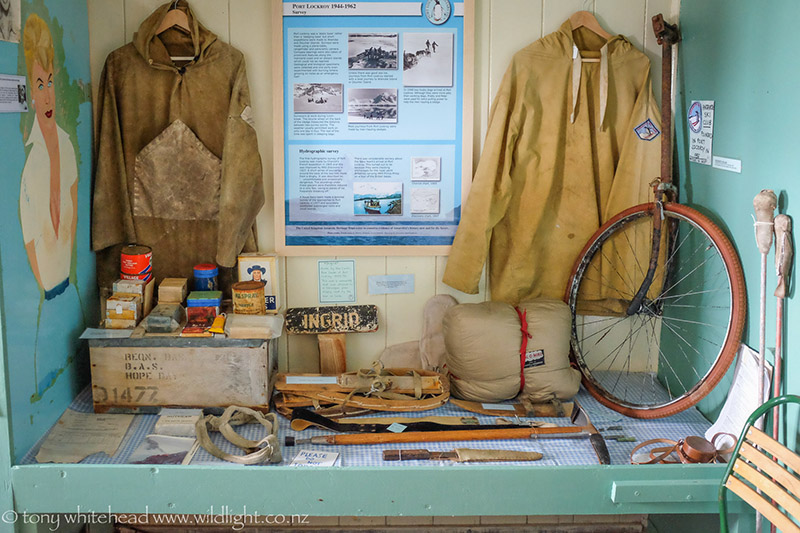
We were fortunate to have Pulitzer Prize winning author, Ed Larson, with us as Global Perspectives lecturer on the expedition. His extensive knowledge of Antarctic history is shared in his book , An Empire of Ice, published in 2012 to coincide with the centenary of the first expeditions to reach the South Pole. In the book he covers the primary aims of the British expeditions, which were scientific with the “race for the pole” being a secondary, although probably more publicised and remembered, priority. It is an interesting book which brings home the detailed scientific work done under extremely challenging conditions. Well worth reading for anyone with an interest in the Antarctic. Ed was great to chat to and had a first hand appreciation of the joy I was experiencing in sharing the trip with Edin, having shared the previous trip with his son.
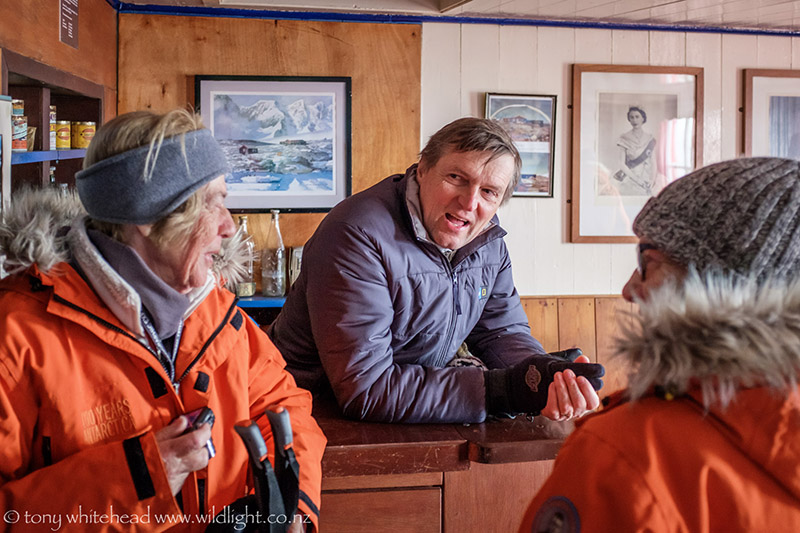
My hope for the landing had been to get some photos of Snowy Sheathbills. I had been looking forward to seeing them as unique Antarctic birds but we had only had distant views of them with no decent photo opportunities. They are unusual birds, looking like dumpy white pigeons but with a strange, scabby bill. They scavenge around Penguin rookeries and are well acclimated to human visitors at Port Lockroy so I was able to get reasonable views even with the 24-120mm lens. Unfortunately the nicest area to photograph them was outside the area accessible to visitors. An ongoing scientific project monitors visitor impact on the breeding Gentoos with breeding success compared between the areas subject to human presence and the adjacent undisturbed areas of the colony. Interestingly there seems to be no negative impact with any human disturbance offset by compensatory disturbance of Skuas which prey on the penguin eggs and chicks.
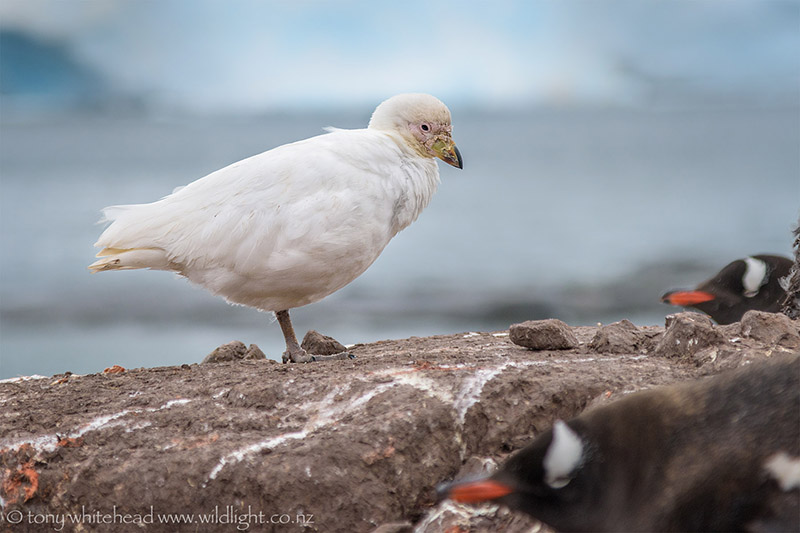
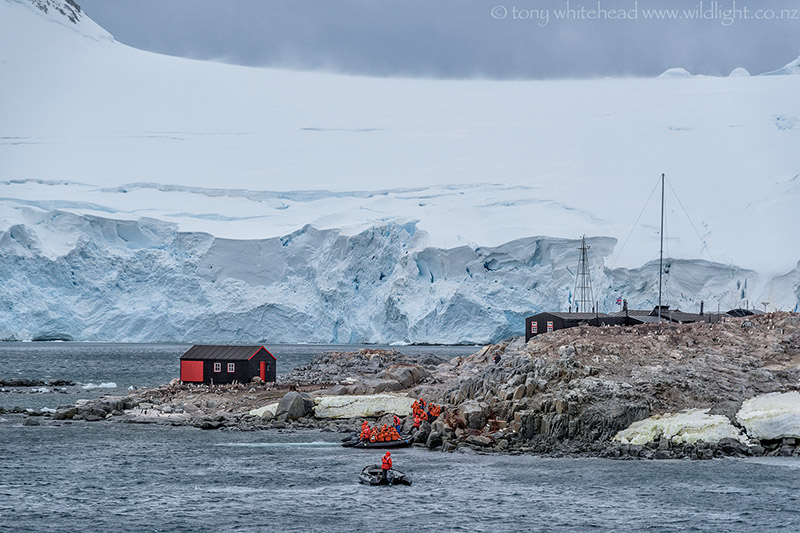
Indoor photos with the amazing Fuji X100s, outdoor with the equally amazing but rather less compact Nikon D810 and 24-120mm f4 VR lens.
See Edin’s post for her account of our visit.
Ed Larson’s book An Empire of Ice is available via Amazon in hardcopy, Kindle or Audible versions.
A television documentary, Penguin Post Office, recently broadcast on TVNZ was especially enjoyable, triggering fond memories of our visit.
During our visit we dropped off one of the Undersea Experts from our expedition, Lisa Kelley, for a 10 day stay at Port Lockroy as a volunteer. See her blog report.
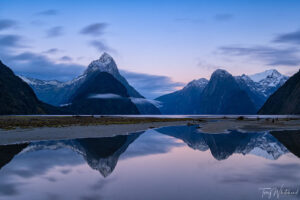
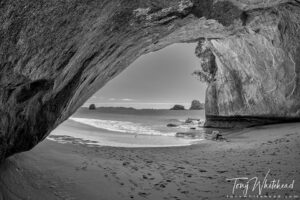
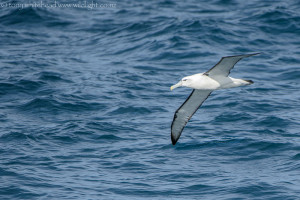
Pingback: Antarctica Master Post